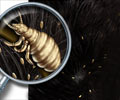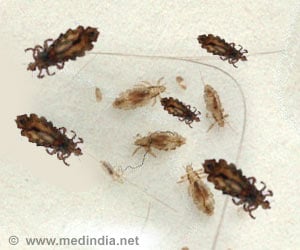A new research has suggested that lice in humans' pubic hair may be an 'unwelcome gift' from gorillas, which are the more hirsute branch of our evolutionary family.

A new article in BioMed Central's open access Journal of Biology suggests one explanation for the separation of the two species.
In the article, Robert Weiss from University College London describes how he was struck by inspiration while pondering the question of why lice would separate into two groups when our ancestors are quite uniformly hairy.
"I was having difficulty envisioning a clear separation of habitats between the groin and other parts of our ancient common ancestor. My 'eureka moment' came, appropriately enough, in the shower: although naked apes have pubic hair, surely our hairy cousins don't?" said Weiss.
Pthirus pubis, popularly known as crabs, evolved from the structurally similar gorilla louse, Pthirus gorillae.
Interestingly however, while genetic analysis carried out by David Reed at the University of Florida indicates that this split occurred around 3.3 million years ago, humans are believed to have diverged from gorillas much earlier - at least 7 million years ago.
Advertisement
But, this may not be as sordid as it sounds.
Advertisement
So, while head lice may be viewed as a 'family heirloom', inherited down the generations as humans have evolved, pubic lice may well be a recent and slightly unwelcome gift from the more hirsute branch of our evolutionary family.
Source-ANI
SRM










